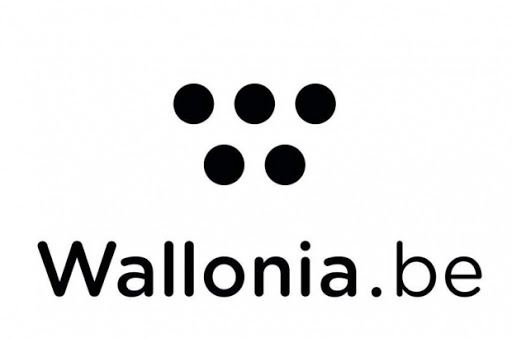Launch goes green with Spaceport hydrogen plan… ULiège and BeBlue are involved
ESA, the French space agency CNES and a group of industrial and academic partners have set in motion an ambitious plan to slash CO2 emissions associated with orbital launches, by establishing infrastructure to underpin a hydrogen economy supporting Europe’s Spaceport in French Guiana.
The project – known as Hyguane (HYdrogène GUyanais A Neutralité Environnementale) – aims to establish a pilot plant within the Spaceport capable of producing 130 tonnes per year of so-called green hydrogen, with the goal of dramatically reducing Spaceport greenhouse gas emissions.
Key to the scheme is to replace “grey” hydrogen – produced by a widely used but CO2-intensive industrial process known as methanol steam reforming – with “green” hydrogen produced by water electrolysis from renewable energy. That green hydrogen, used to fuel rockets, will reduce CO2 emissions linked to the Ariane programme by several thousand tonnes per year.
Hyguane will also introduce a hydrogen eco-system to French Guiana, enabling the introduction of hydrogen-fuelled heavy transport of people and goods, as well as hydrogen fuel cells for energy storage.
The partners signed a letter of interest in the project on 17 June, opening the path to realization of a plan that has been several years in the making. The concept includes the creation of a Hydrogen Competence Centre in French Guiana, to develop specific know-how to maintain and operate these new systems and to help develop start-ups. ESA and CNES are working with Air Liquide, Sara, MT-Aerospace, Be.Blue, the Université de Guyane and the Université de Liège.
An innovative co-financing concept combines support from ESA, industrial partners and the France national recovery plan. Teddy Peponnet, ESA’s European Spaceport Infrastructure & Renewable Energy Project Manager, says: “Investment in green hydrogen production at the Spaceport will cut costs, reduce exposure to rising fossil fuel prices and take a load off French Guiana’s electricity grid. Hyguane will put us well ahead of COP21 and European Green Deal emissions objectives.”
ESA Director of Space Transportation Daniel Neuenschwander says he was delighted to advance the Hyguane project : “This is a good step for greening Europe's spaceport. “The number of launches is growing rapidly, so now is the right time to invest. A green hydrogen system will support environmental sustainability, stabilise costs and protect Spaceport operations from energy supply disruption.”



